
Filter News
Area of Research
- Advanced Manufacturing (7)
- Biological Systems (5)
- Biology and Environment (7)
- Biology and Soft Matter (3)
- Building Technologies (3)
- Chemical and Engineering Materials (2)
- Chemistry and Physics at Interfaces (5)
- Clean Energy (60)
- Climate and Environmental Systems (5)
- Computational Biology (1)
- Computational Chemistry (4)
- Computational Engineering (1)
- Computer Science (1)
- Data (1)
- Earth Sciences (1)
- Energy Frontier Research Centers (6)
- Fossil Energy (1)
- Fuel Cycle Science and Technology (1)
- Functional Materials for Energy (8)
- Geographic Information Science and Technology (1)
- Isotope Development and Production (1)
- Materials (52)
- Materials for Computing (7)
- Materials Synthesis from Atoms to Systems (8)
- Materials Under Extremes (5)
- Neutron Data Analysis and Visualization (2)
- Neutron Science (23)
- Nuclear Science and Technology (11)
- Nuclear Systems Technology (1)
- Quantum Condensed Matter (2)
- Renewable Energy (1)
- Sensors and Controls (2)
- Supercomputing (32)
- Transportation Systems (4)
News Type
Date
News Topics
- 3-D Printing/Advanced Manufacturing (1)
- Artificial Intelligence (1)
- Big Data (2)
- Bioenergy (3)
- Biology (1)
- Composites (1)
- Computer Science (6)
- Critical Materials (1)
- Cybersecurity (2)
- Energy Storage (1)
- Environment (4)
- Exascale Computing (1)
- Fusion (2)
- Materials Science (3)
- Mercury (1)
- Microscopy (1)
- Neutron Science (3)
- Nuclear Energy (1)
- Physics (2)
- Transportation (2)
Media Contacts
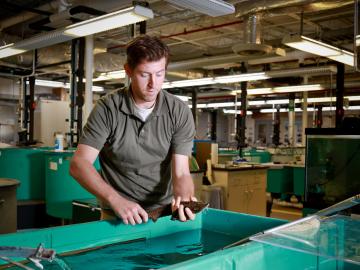
Growing up in South Carolina, Ryan McManamay enjoyed a nature-rich upbringing. Both of his parents are retired teachers from the public school system and instilled in him early an appreciation for immersive learning as well as a love of the outdoors. His father, a biology teacher,...
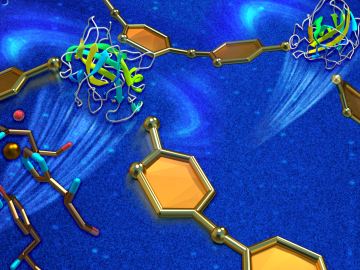
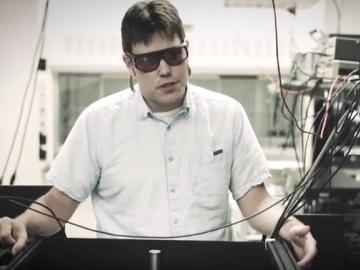

Claus Daniel was initially attracted to the Department of Energy's Oak Ridge National Laboratory by its reputation as a world leader in materials research. What has kept him at the lab is the opportunity to work with experts across many disciplines using the latest tools to convey ba...
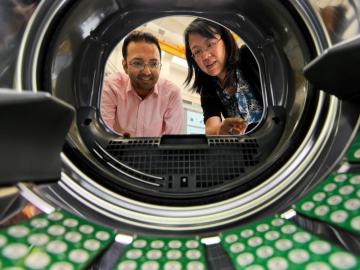
Xin Sun spent her early career helping define a new scientific field, and now she plans to use her technical and managerial experience to expand the capabilities of Oak Ridge National Laboratory’s (ORNL) Energy and Transportation Science Division (ETSD) as she steps in as division director. Xin t...
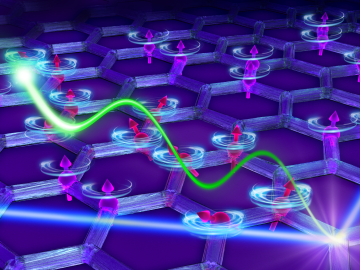
Neutron scattering has revealed in unprecedented detail new insights into the exotic magnetic behavior of a material that, with a fuller understanding, could pave the way for quantum calculations far beyond the limits of the ones and zeros of a computer’s binary code. ...

Wisconsin’s Eck Industries has signed an exclusive license for the commercialization of a cerium-aluminum (Ce-Al) alloy co-developed by the Department of Energy’s Oak Ridge National Laboratory that is ideal for creating lightweight, strong componen...
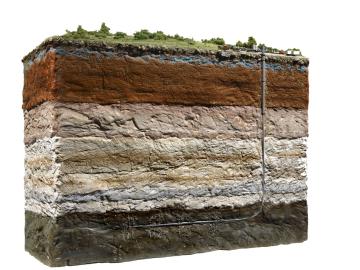
Finding optimal locations for extracting petroleum and natural gas from shale could become more economical and efficient thanks to a new approach developed by Oak Ridge National Laboratory. The research team combined two existing statistical models and applied them to publicly availab...
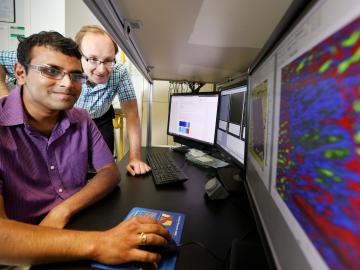
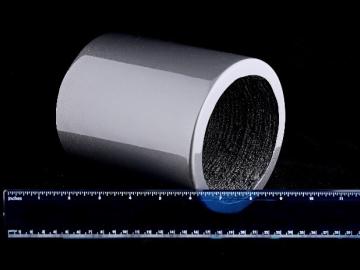
Dallas-based Momentum Technologies has non-exclusively licensed Oak Ridge National Laboratory’s 3D-printed magnet technology and plans to commercialize the first 3D-printed magnet made from recycled materials. ORNL has demonstrated that 3D-printed magnets can outperform those created ...


